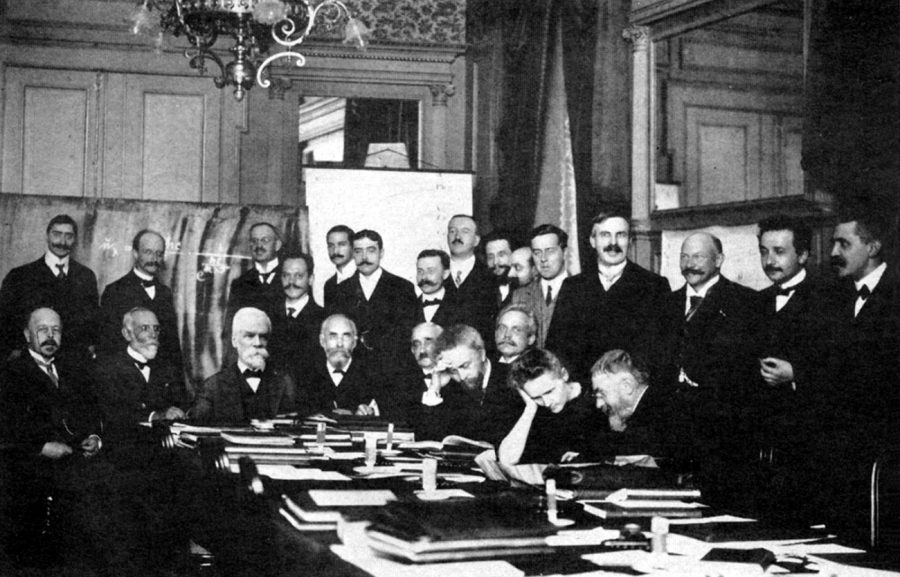If you want to know what it was like to live in seventeenth-century London, read the diary of Samuel Pepys. While doing so, take note of his frequent references to the uncleanliness of the city’s streets: “very dirty and troublesome to walk through,” “mighty dirty after the rain,” and during the large-scale rebuilding in the aftermath of the Great Fire of 1666, “much built, yet very dirty and encumbered.” If you want to know what it was like to live in nineteenth-century London, read Charles Dickens. However much-lamented the difficulties it presents to young readers, the opening of Bleak House remains highly evocative, setting the scene with “as much mud in the streets, as if the waters had but newly retired from the face of the earth,” “dogs, undistinguishable in mire, and “horses, scarcely better; splashed to their very blinkers.”
This “mud,” an unspeakably foul admixture of substances, only began to recede permanently from London’s streets in the eighteen-fifties, after the installation of sewer systems. So normal for so long, its presence would hardly have been downplayed by the city’s observers back then, whether they recorded their observations on the page or on the canvas.
Even the painter’s idealizing impulse could only do so much, as evidenced by some of the shots included in the new video tour of eighteenth-century London from Majestic Studios above. Turning contemporary paintings and engravings into cinematic animations with artificial intelligence-generated video, it offers the next best thing to actual footage of the city as it would have been seen by the likes of Jonathan Swift, Samuel Johnson, Thomas Gainsborough, and Mary Wollstonecraft.
Seventeenth-century London was the cultural and commercial center of Georgian England, but also a city well on its way to becoming the center of the world. Some of its famous sights seen here in their eighteenth-century urban context include St. Paul’s Cathedral by Sir Christopher Wren, mastermind of the city’s post-Great Fire reconstruction; the old London Bridge, still lined with houses and shops; St. James’s Square after its transformation from a state once considered “muddy, neglected, and frankly, embarrassing for such prestigious addresses”; and the Tower of London on the bank of the River Thames. As for the river itself, it hardly goes ignored by the works of art that shape this video, or indeed un-glorified by them. But if you know anything about its condition before the turn of the twentieth century, you’ll be relieved that AI can’t yet restore its smell.
Related Content:
Take a Virtual Tour of Shakespeare’s Globe Theatre in London
The Evolution of London: 2,000 Years of Change Animated in 7 Minutes
The Oldest Known Footage of London (1890–1920) Features the City’s Great Landmarks
Hear the Evolution of the London Accent Over 660 Years: From 1346 to 2006
The Sights & Sounds of 18th-Century Paris Get Recreated with 3D Audio and Animation
Based in Seoul, Colin Marshall writes and broadcasts on cities, language, and culture. His projects include the Substack newsletter Books on Cities and the book The Stateless City: a Walk through 21st-Century Los Angeles. Follow him on the social network formerly known as Twitter at @colinmarshall.









